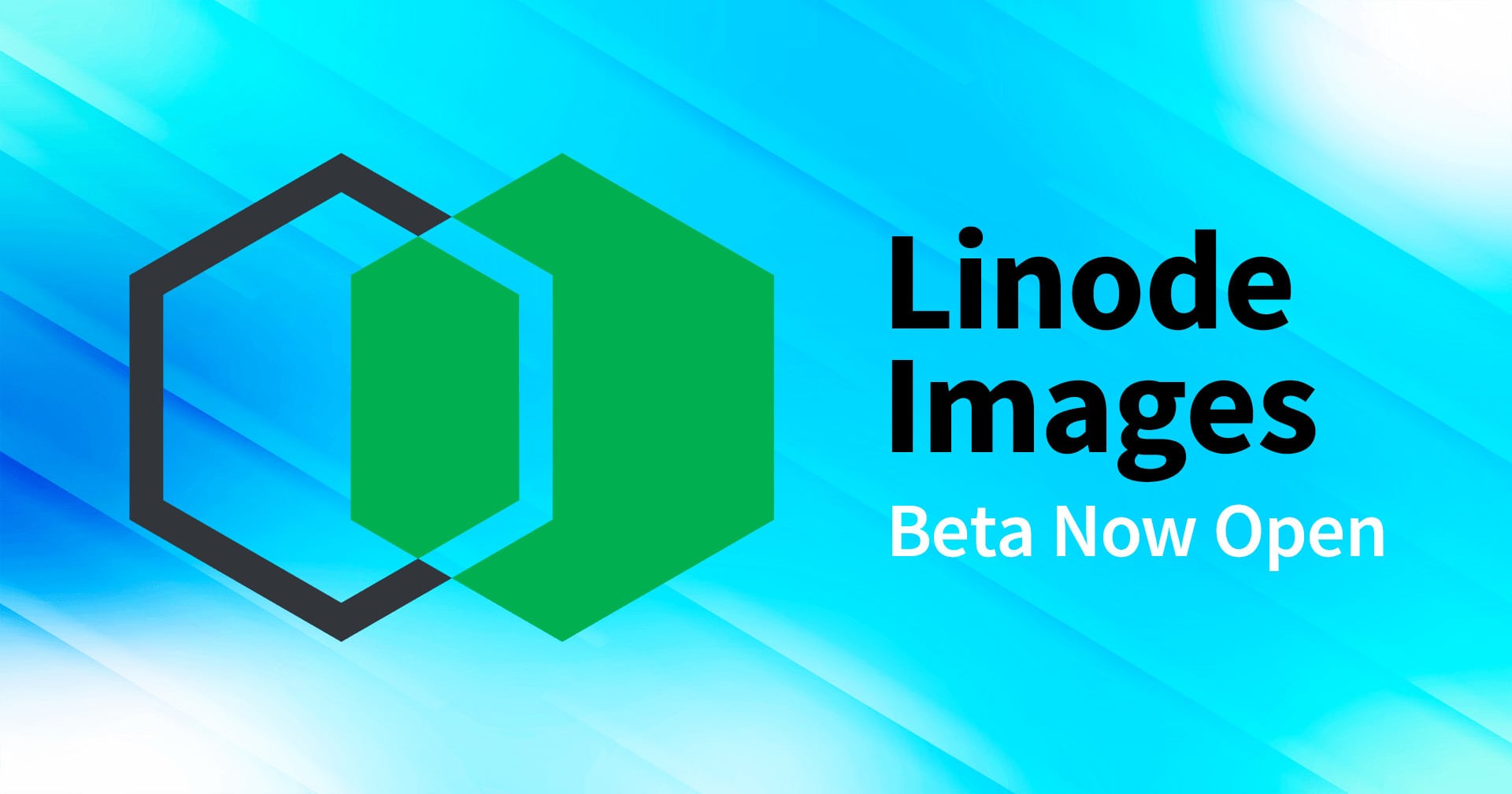Hoje, estamos a lançar melhorias significativas nas nossas capacidades de Imagens (disponívem em beta) para todos os clientes e data centers. Embora há muito tempo que apoiamos os programadores a tirar instantâneos de Imagens para fornecer mais facilmente serviços no Linodes, pode agora fazer o upload da sua própria imagem através do Cloud Manager, API, ou CLI, e tirar partido da capacidade de armazenamento expandida por conta.
O serviço Images actualizado reduz significativamente as despesas gerais de aprovisionamento de Linodes, e permite que os nossos clientes utilizem as Imagens em seu pleno benefício. As imagens são armazenadas mesmo que não haja Linodes activos, pelo que a imagem está sempre disponível quando é necessário e pode ser implantada em qualquer Linode em qualquer centro de dados.
O Imagens permanecerá um serviço gratuito durante o período beta e fará a transição para um serviço pago de $0,10/GB por mês a partir de 1 de setembro de 2021. Todos os utilizadores do Imagens serão notificados atempadamente sobre a alteração através do Suporte Linode, dando-lhe a possibilidade de remover Imagens, se necessário.
As Imagens automáticas, que são imagens de recuperação de curta duração geradas após a exclusão de um Linode, permanecerão gratuitas.
O Imagens Linode atualmente suporta uploads de ficheiros de imagem de disco bruto (.img) que foram comprimidos utilizando gzip (.gz) antes de efetuar o upload. O tamanho máximo do ficheiro comprimido para fazer upload de uma imagem é 5GB. Quando a faturação do serviço Imagens entrar em vigor, ser-lhe-á cobrado o tamanho não comprimido da imagem.
Participar no Beta Imagens
Qualquer utilizador Linode pode experimentar as novas funcionalidade de Imagens. Leia o guia de Imagens Linode atualizado para obter instruções passo a passo, incluindo o upload de uma imagem através do Cloud Manager.
Tencionamos continuar a melhorar o nosso serviço Images . Por isso, envie-nos os seus comentários sobre as funcionalidades ou a sua experiência em https://www.linode.com/feedback/. Se estiver a ter um problema técnico, abra um ticket de suporte para que possamos resolvê-lo o mais rapidamente possível.









Comentários (8)
Improvements should be improvements and not breaking working functionality.
I just started a couple nodes with existing images, and the nodes were created and started without expanding the disks to the plan full storage.
So literally they had a root device having 1.7 GB with 0 free space.
Who tested this release?
Sandor Marton: When you deploy a Linode with an Image it does not automatically expand to its fully allotted disk space, but creates a disk that is equal to the size of the Image, therefor you need to perform a disk resize after you deploy. With that said, I’ve included your feedback in an internal discussion about this particular feature of our Images.
I’m pretty sure the dashboard did resize automatically ( or maybe the old one did, since i didn’t use images for the past 4-6- months)
Also there is no point to automatically start the node with an image sized disk, since disk will have zero available space and the OS won’t be able to boot properly.
From my point of view there should be no difference between starting a node from a distribution image, and starting a node from my own image.
I think we should have an option to download the current image if it will no longer be free of charge.
We agree – this is on our radar to do soon, though I don’t have an ETA on when that feature will be available. Until that is ready, you can follow the following guide to download a copy of a Linode: Copy a Disk Over SSH
In this new beta I have a problem with uploading an image via Cloud Manager. Are there any instructions specifically for this process in the documentation?
We updated our documentation to include steps on uploading an Images. If you run into further issues, please open a support ticket with logs, error messages, or details that you encounter while attempting to upload your Image. These details will be helpful for us when we assist with troubleshooting.
This is weird. If you’re going to charge for the service, why the still quite tight limits?
A 6 GB max is definitely a lot better than it was before, but it still may be fairly confining for some uses. I have a base image right now that’s just Fedora + application that comes to 4.5 GB. While my usage case fits well within the limit, if now the data is being paid for, why not bump it until whatever is the internal reasonable maximum?
Also, .gz is an extremely old compression format. If you’re using it because of performance considerations, may I suggest zstd? It decompresses extremely quickly (about the same as gzip according to benchmarks), and achieves a much greater compression ratio.